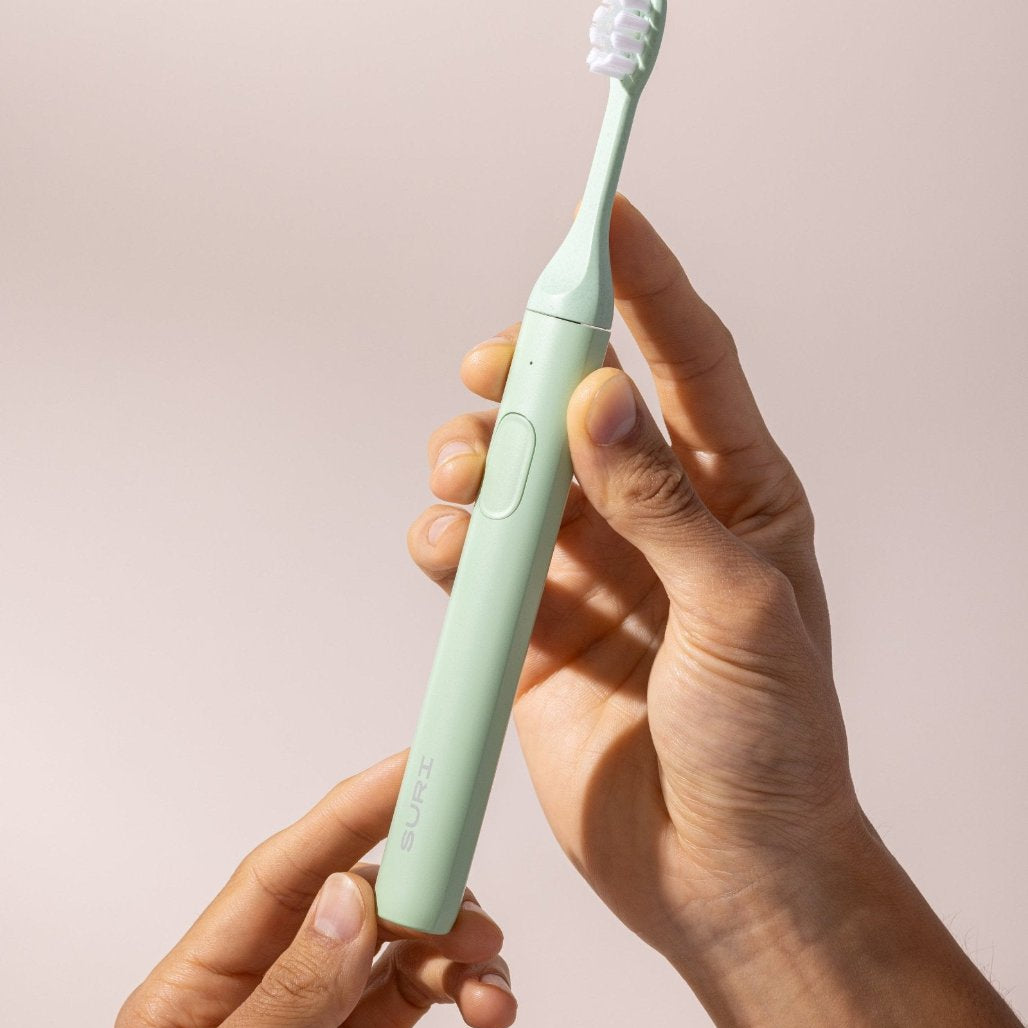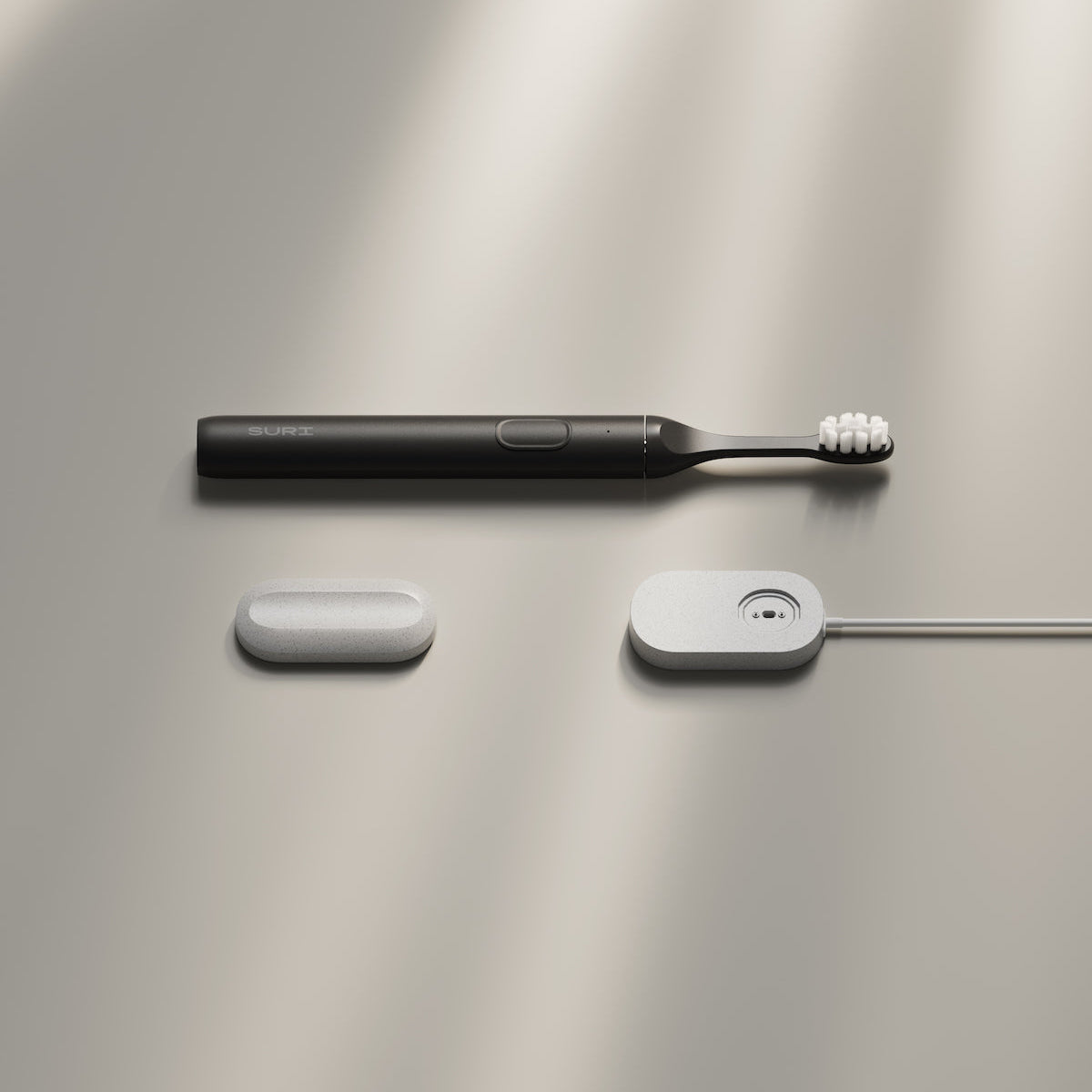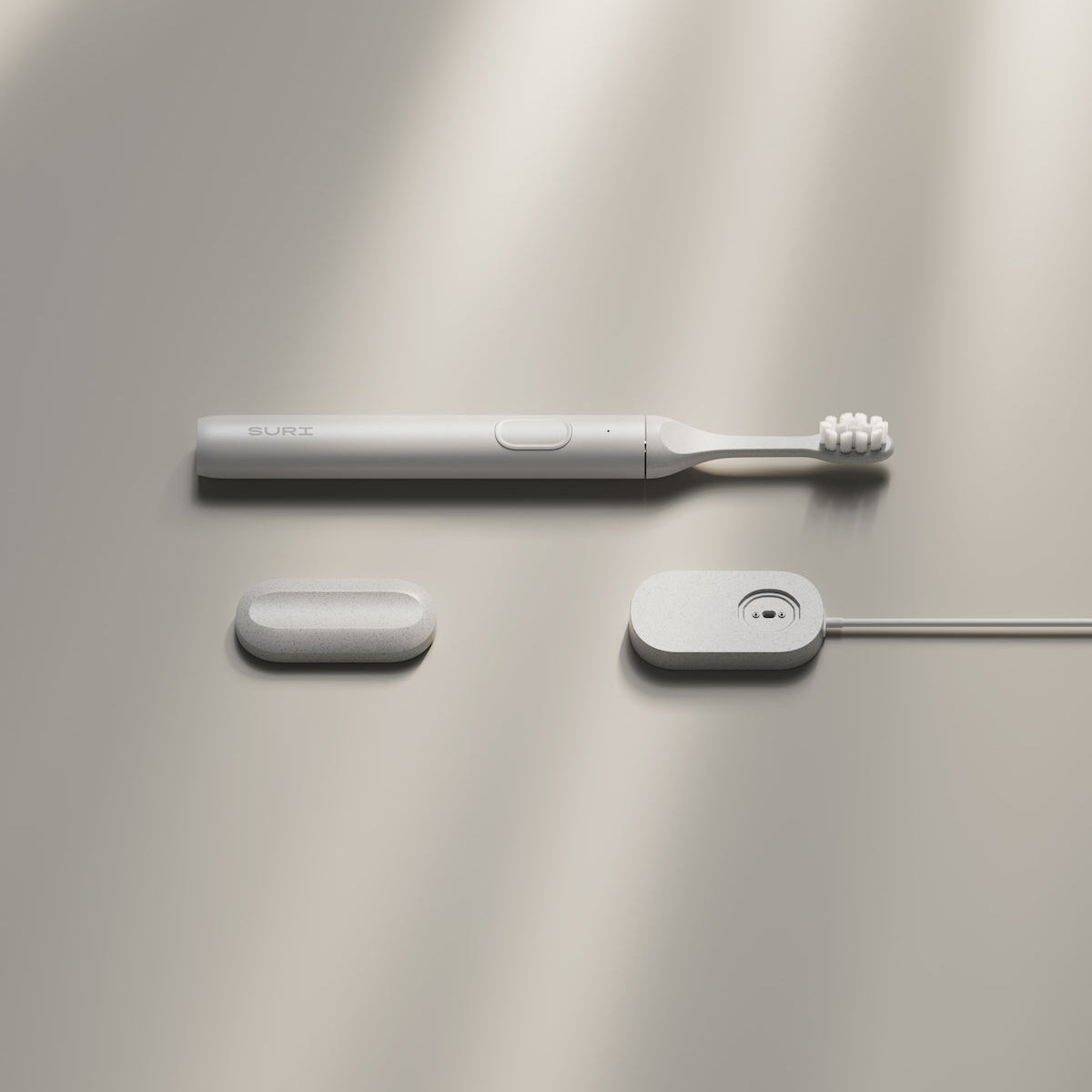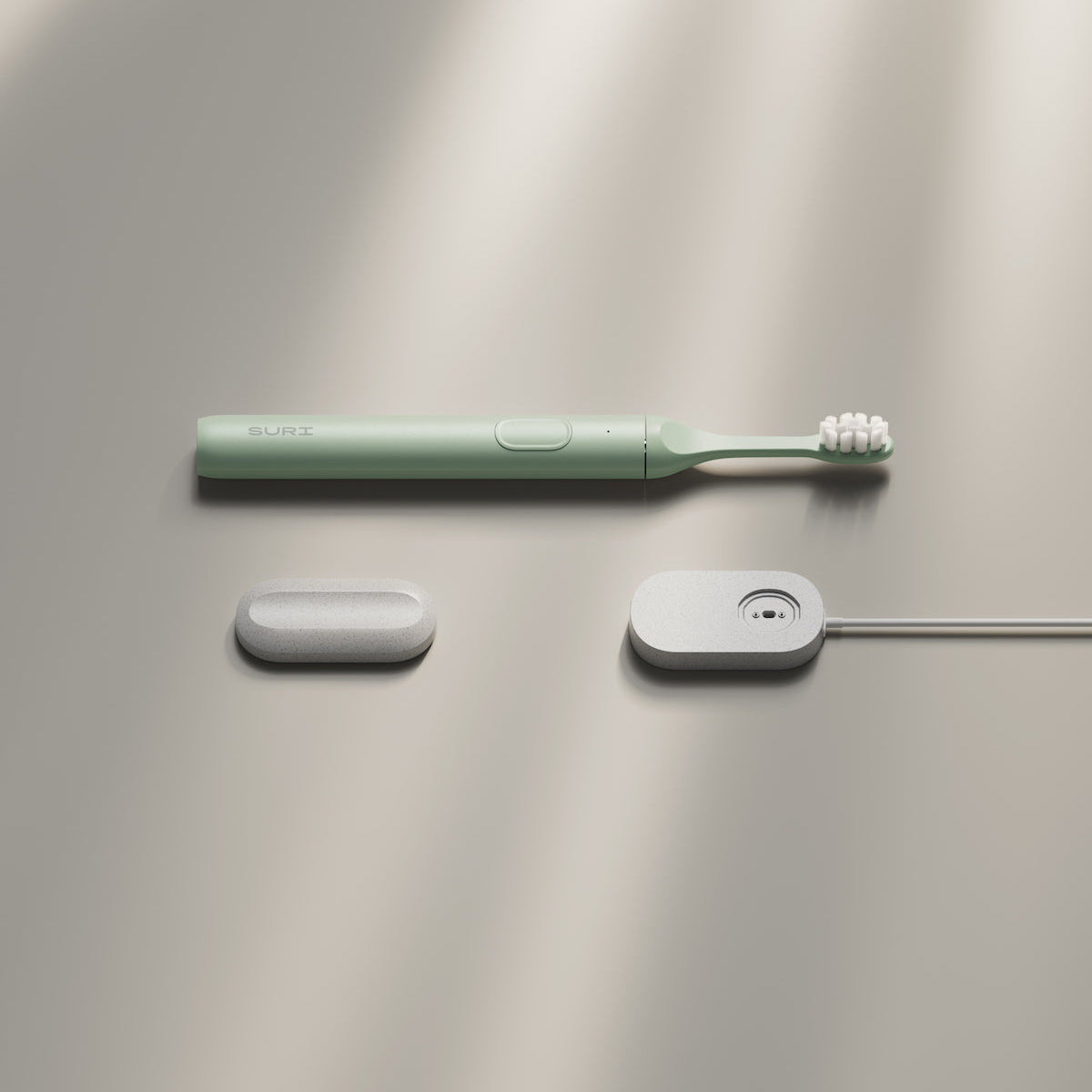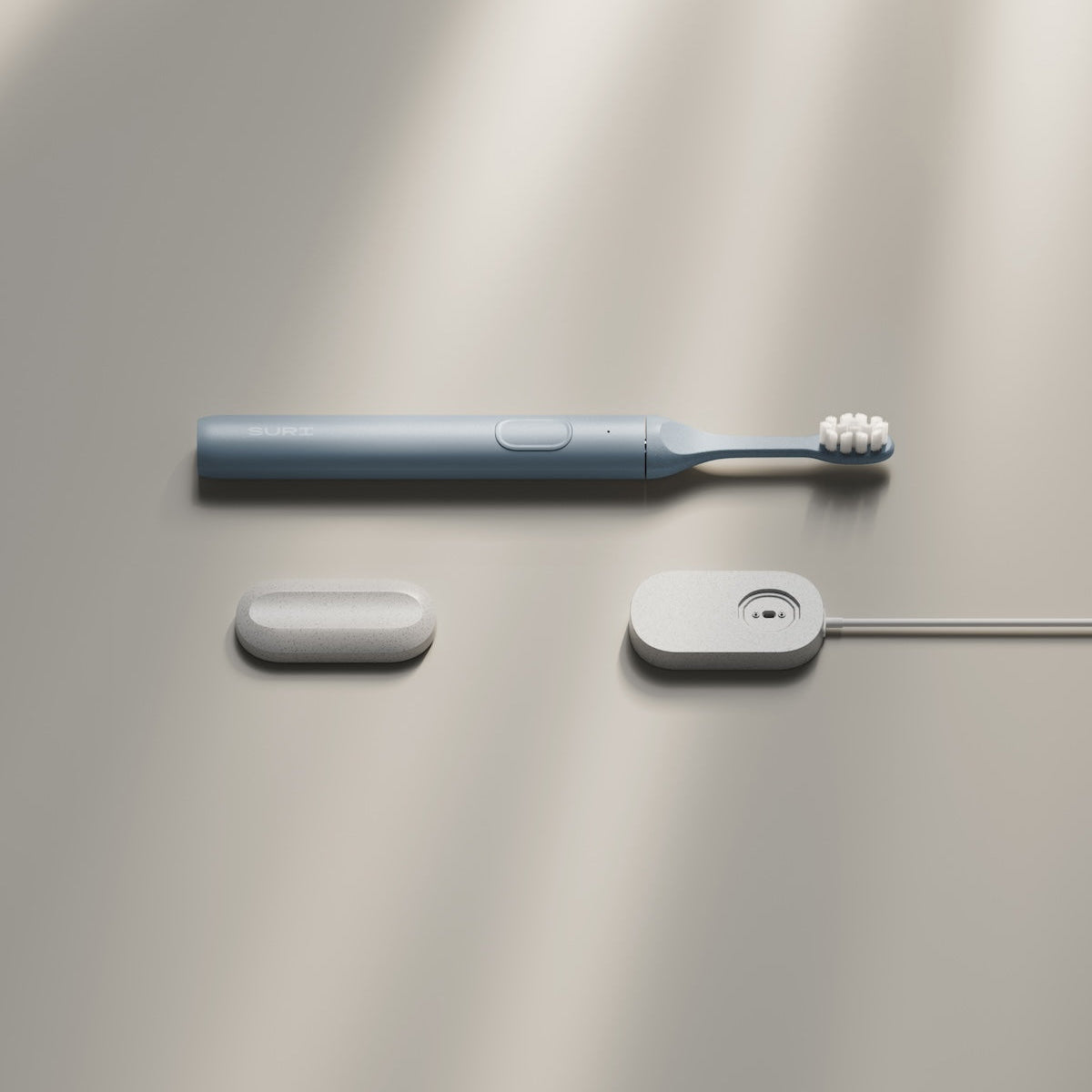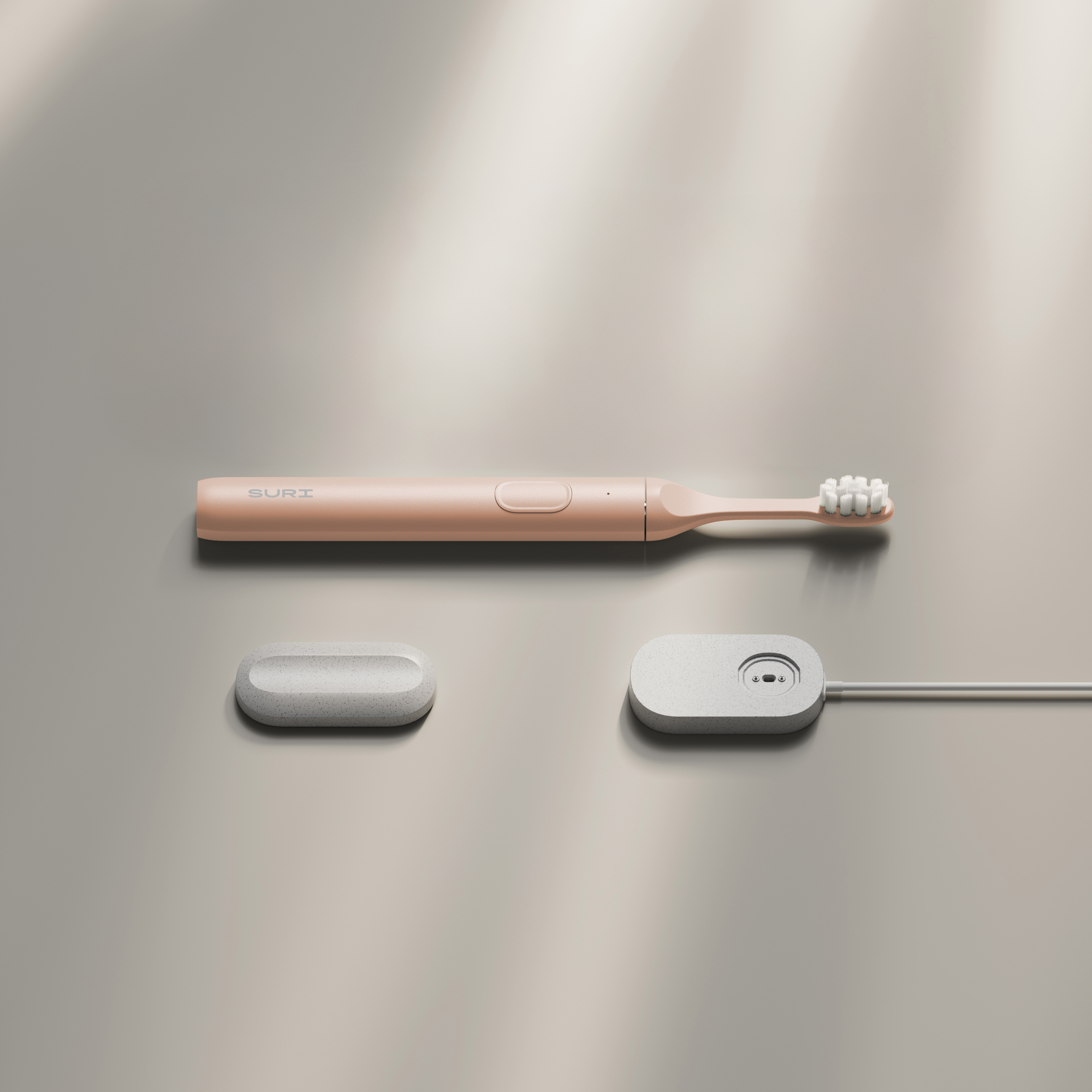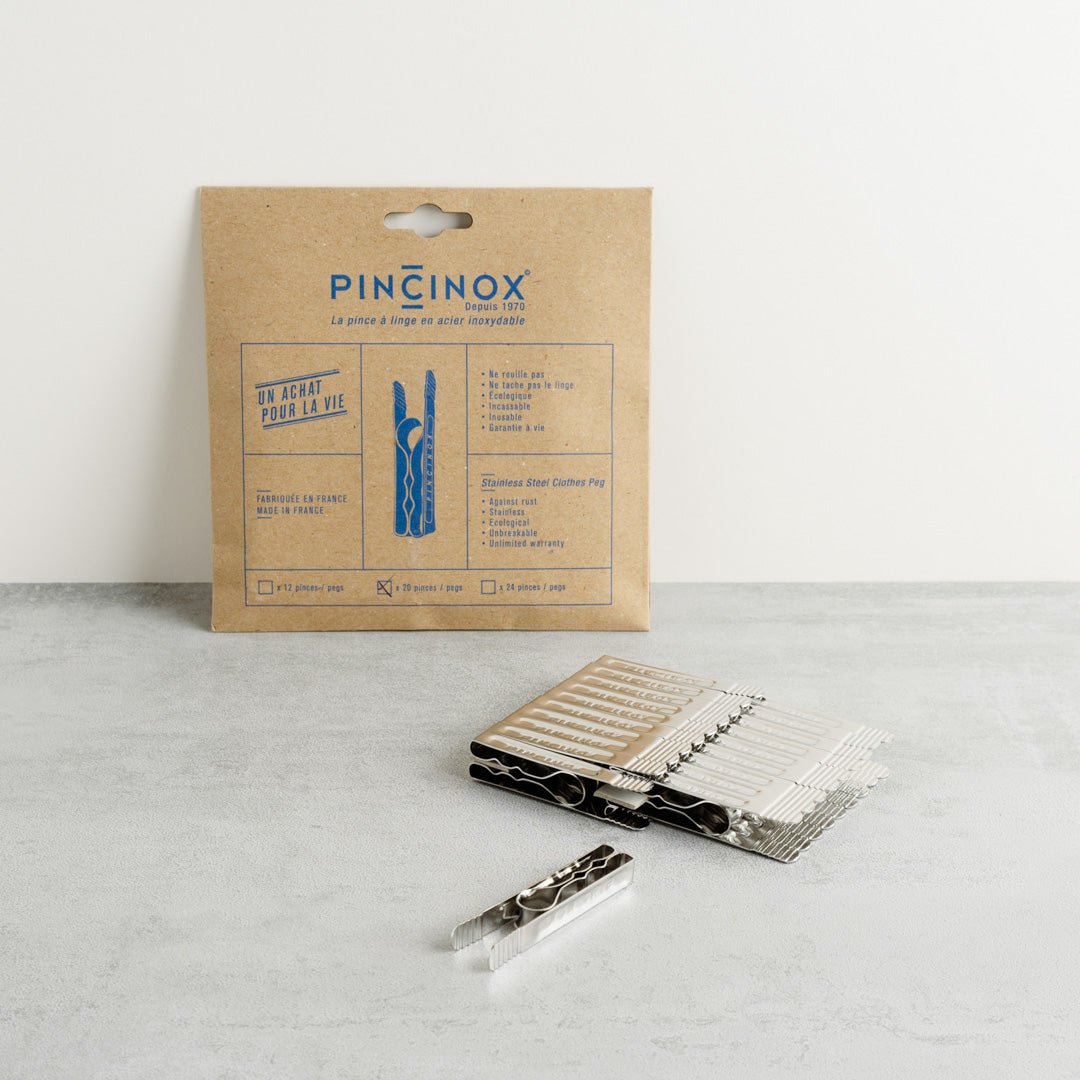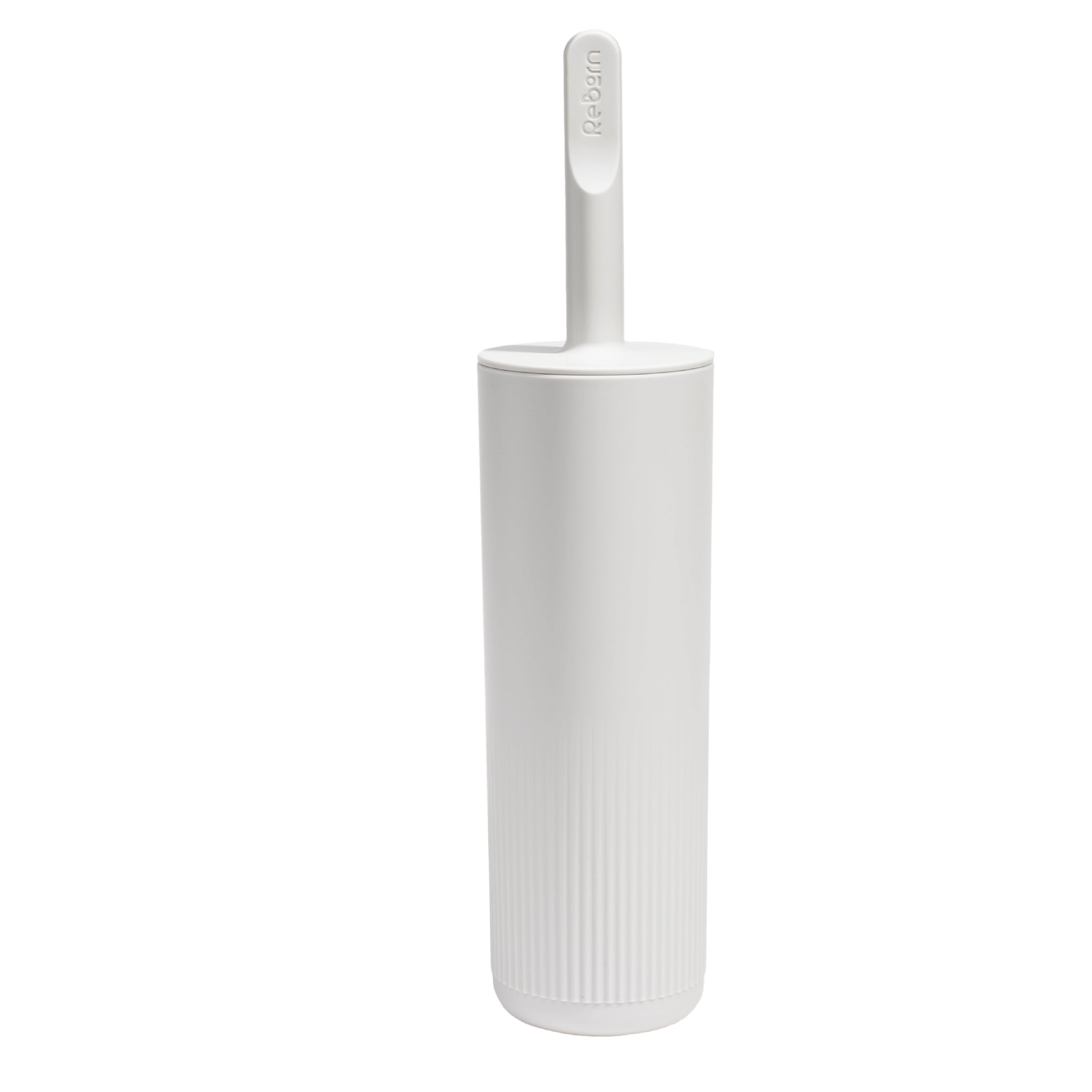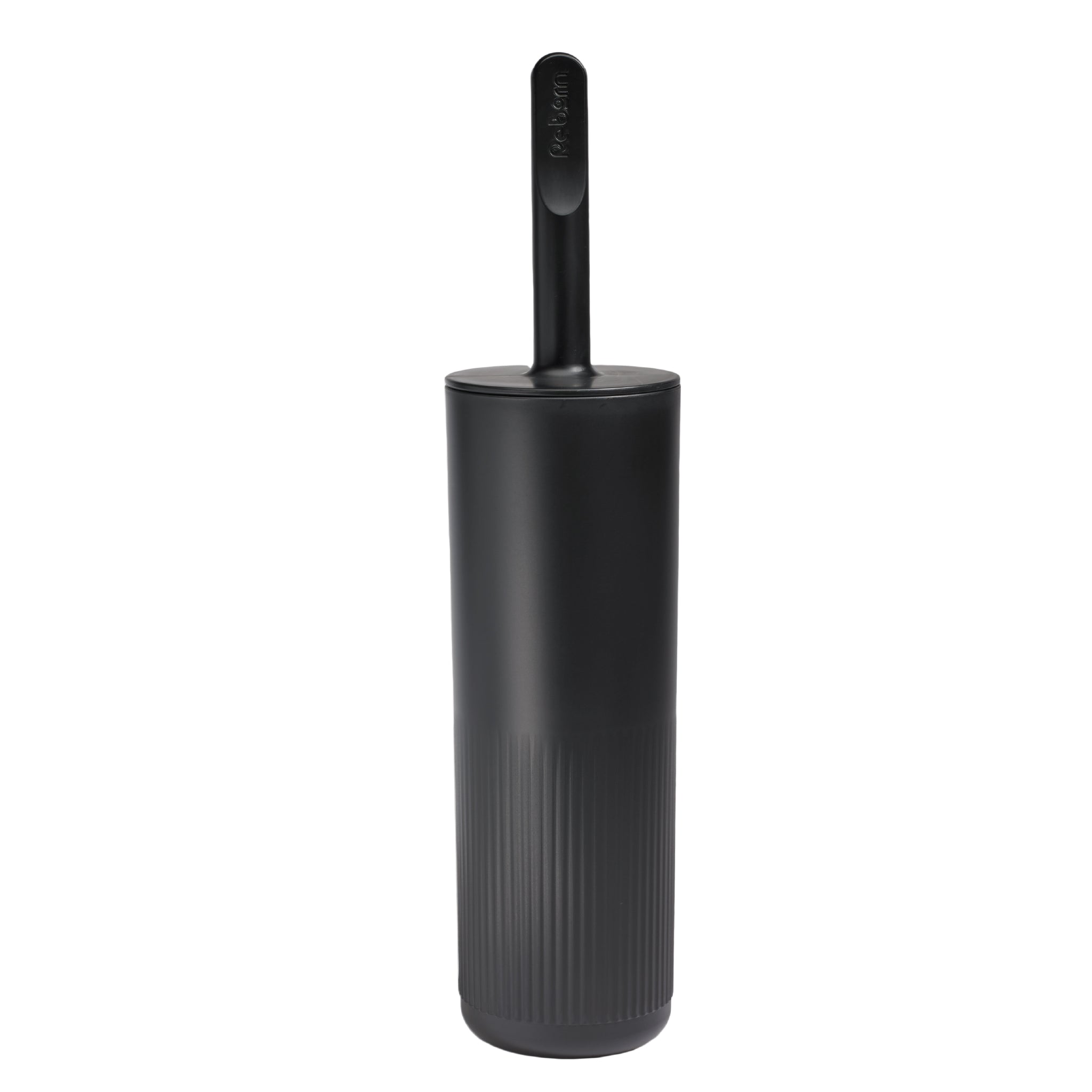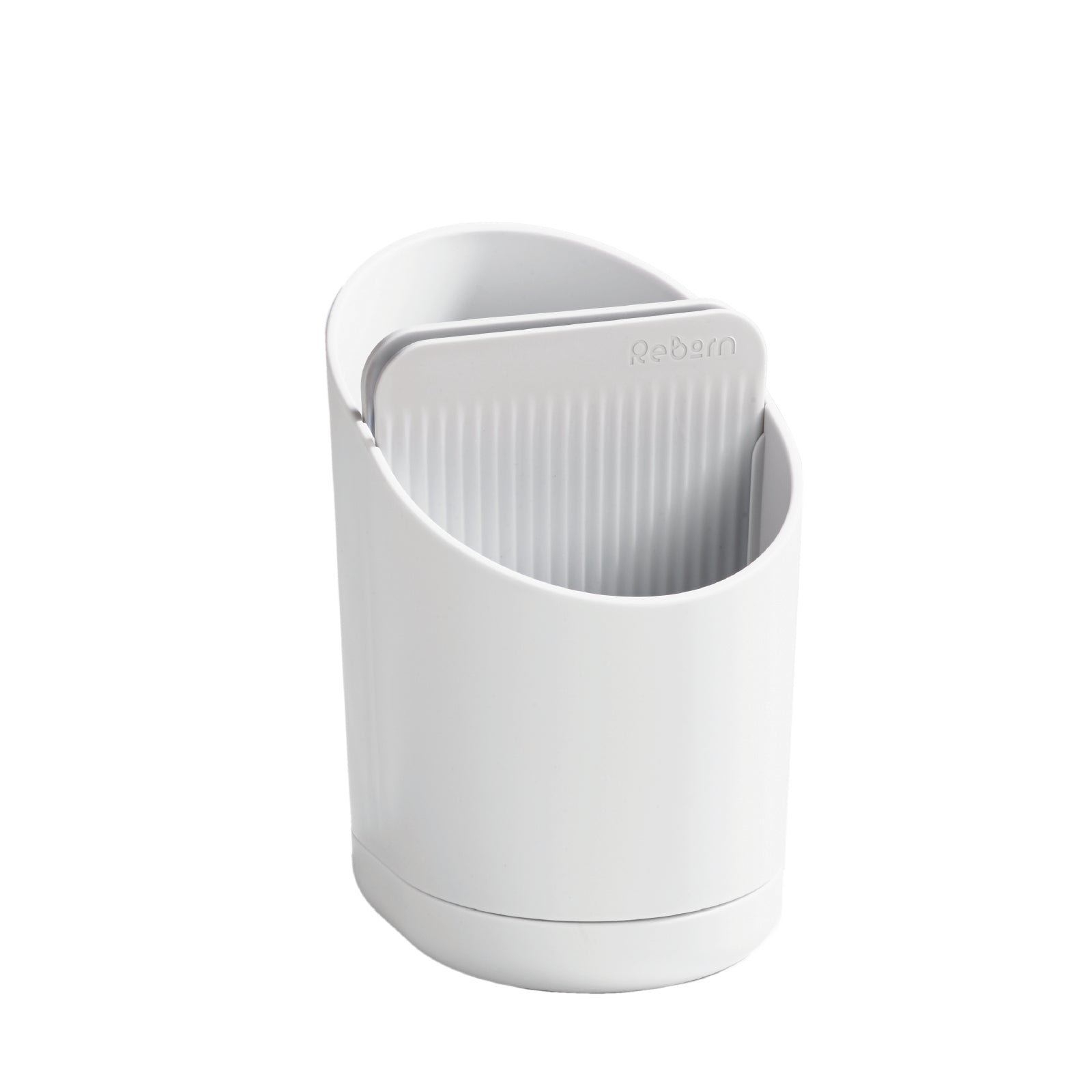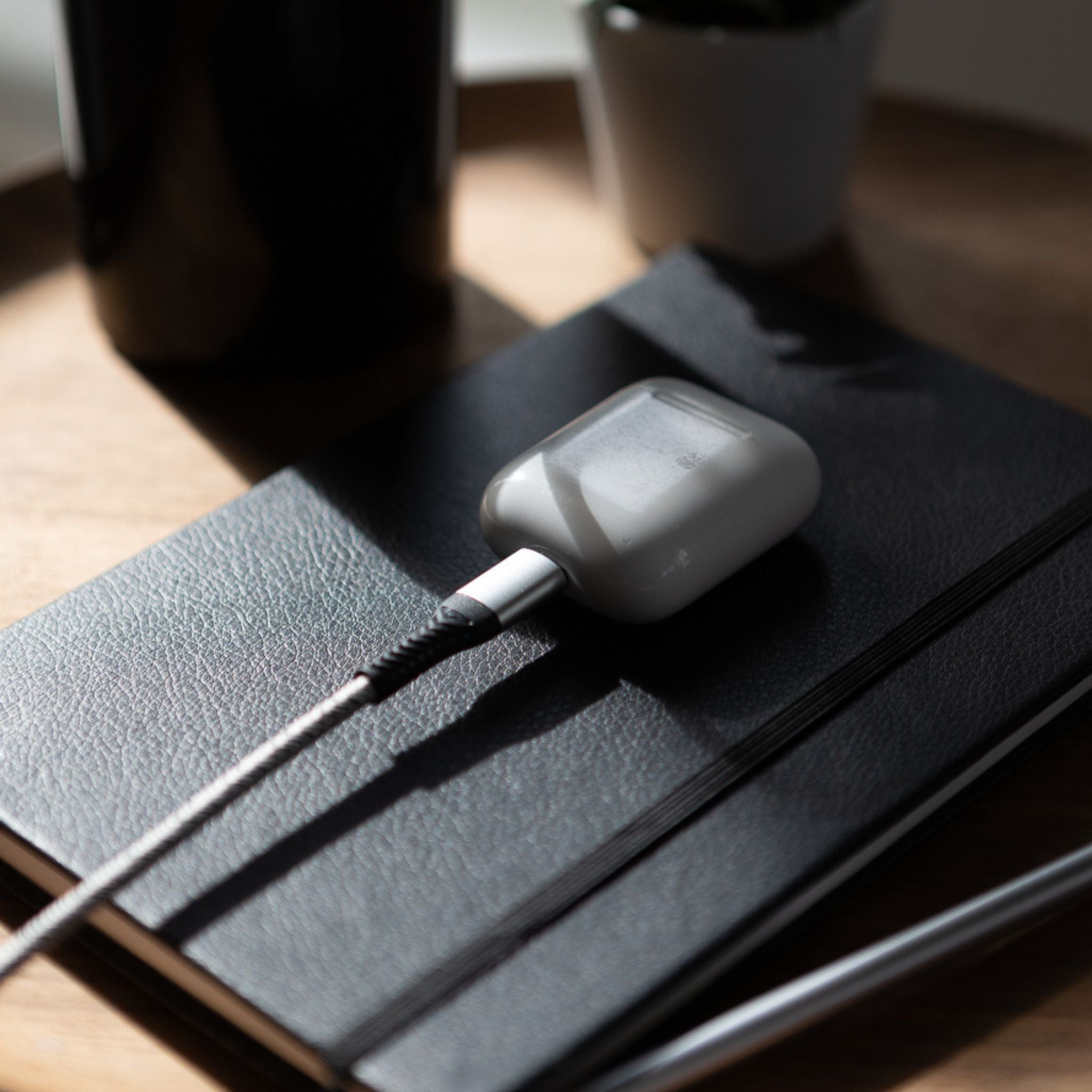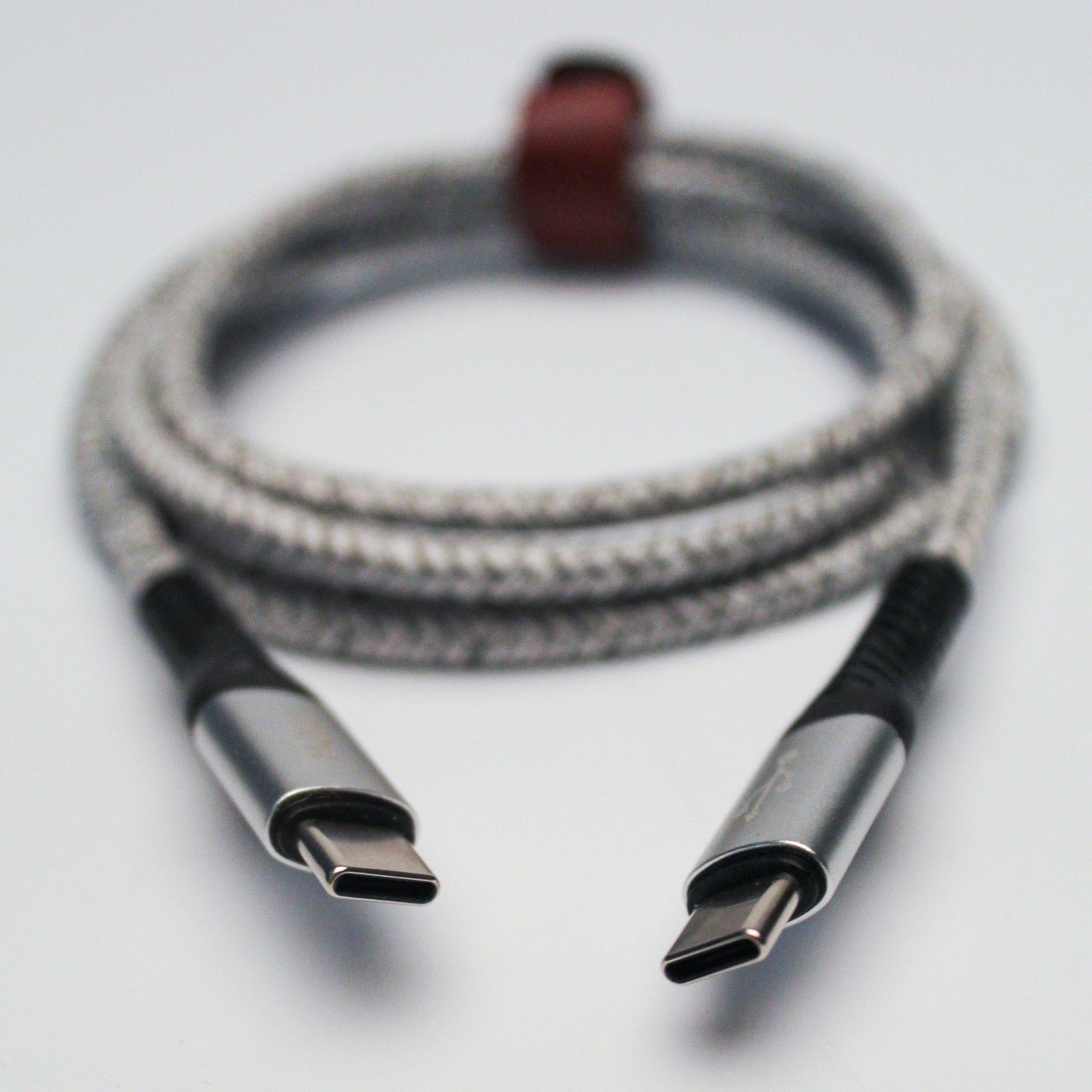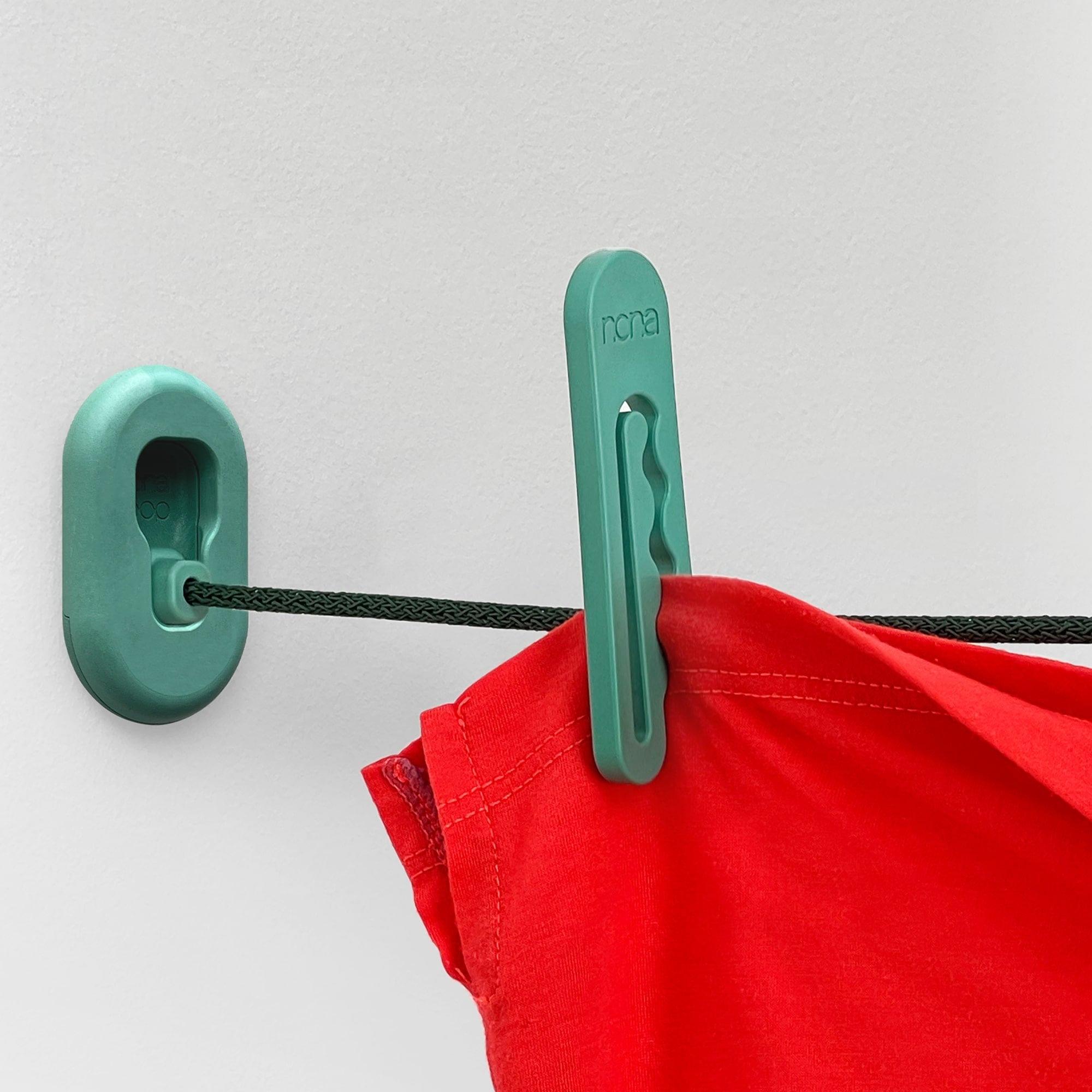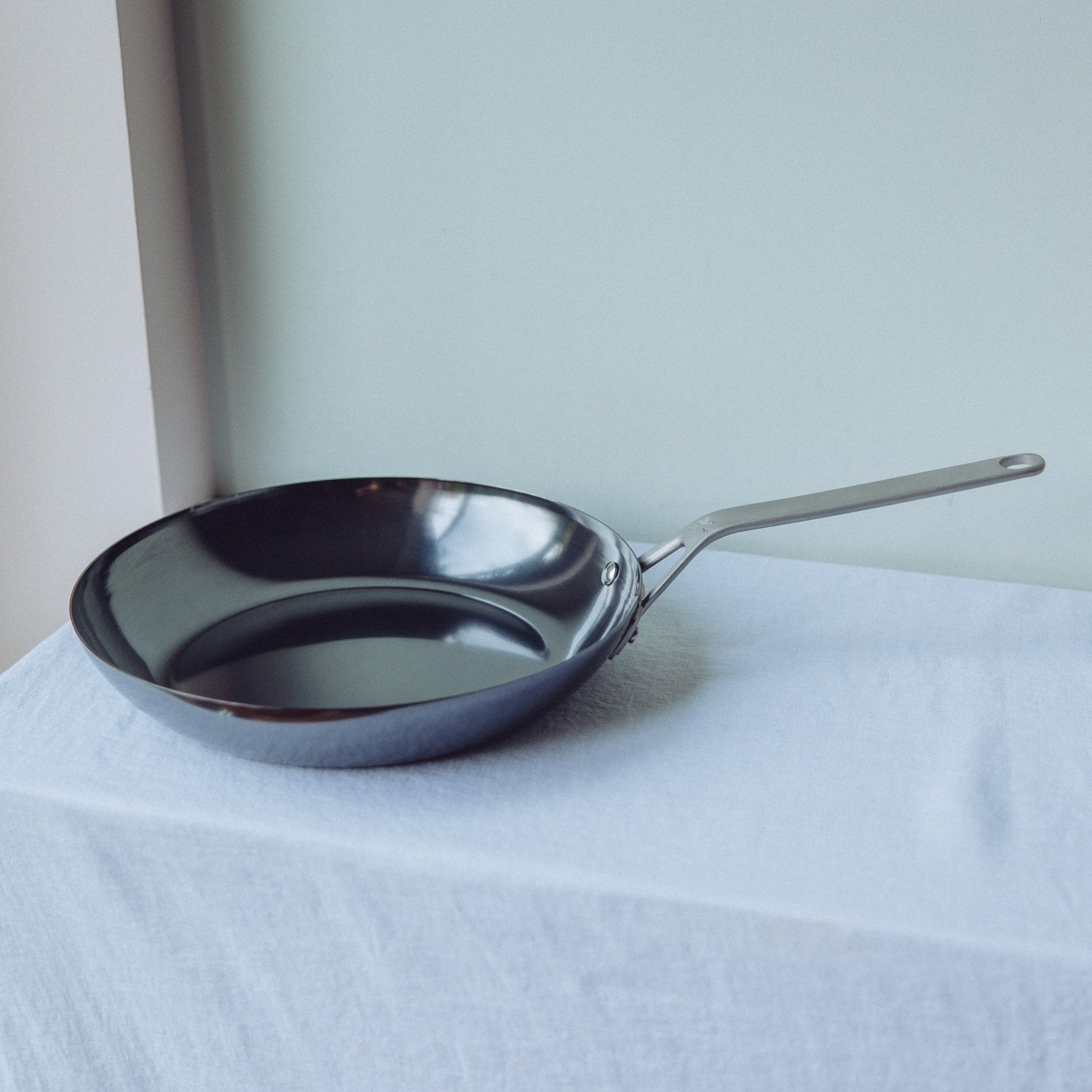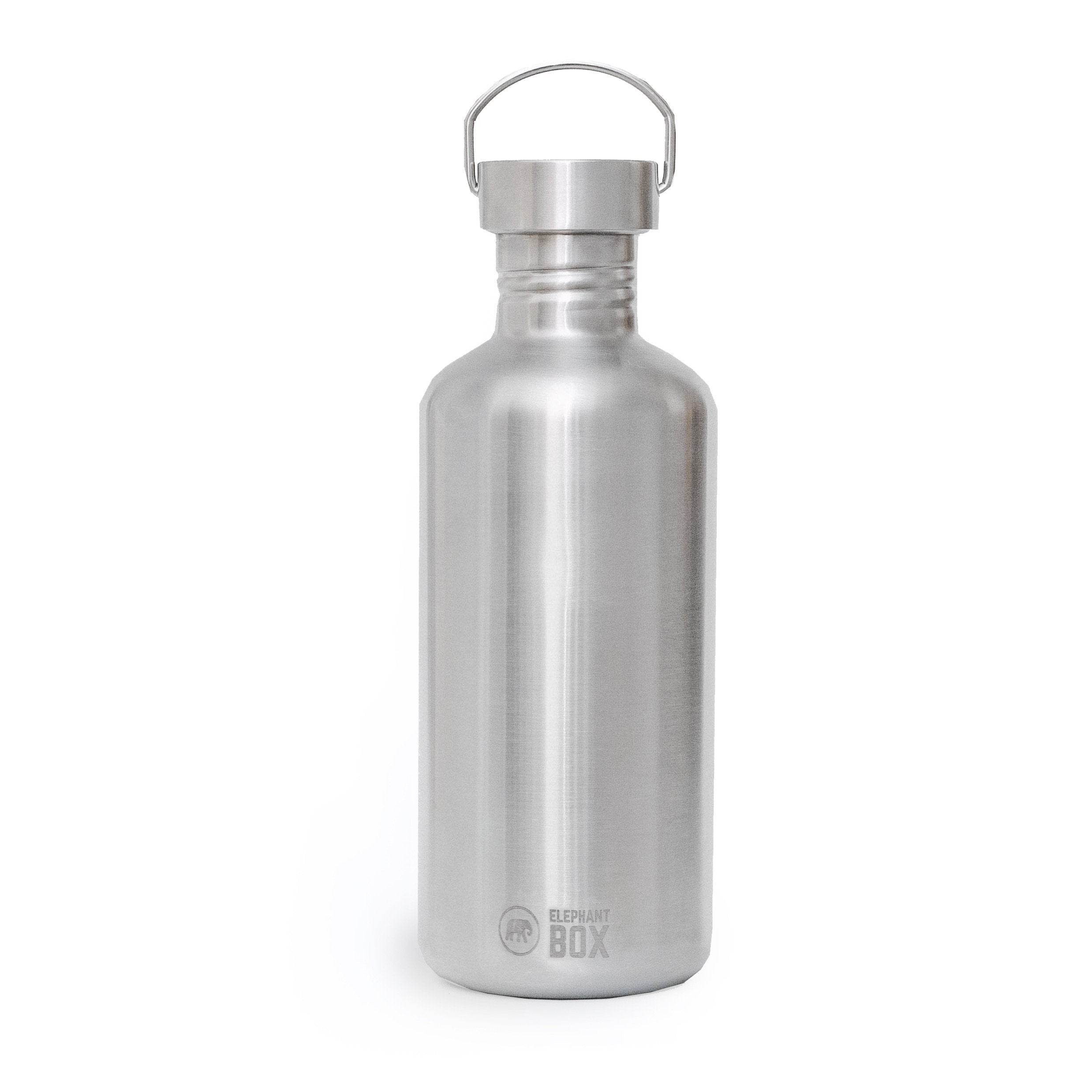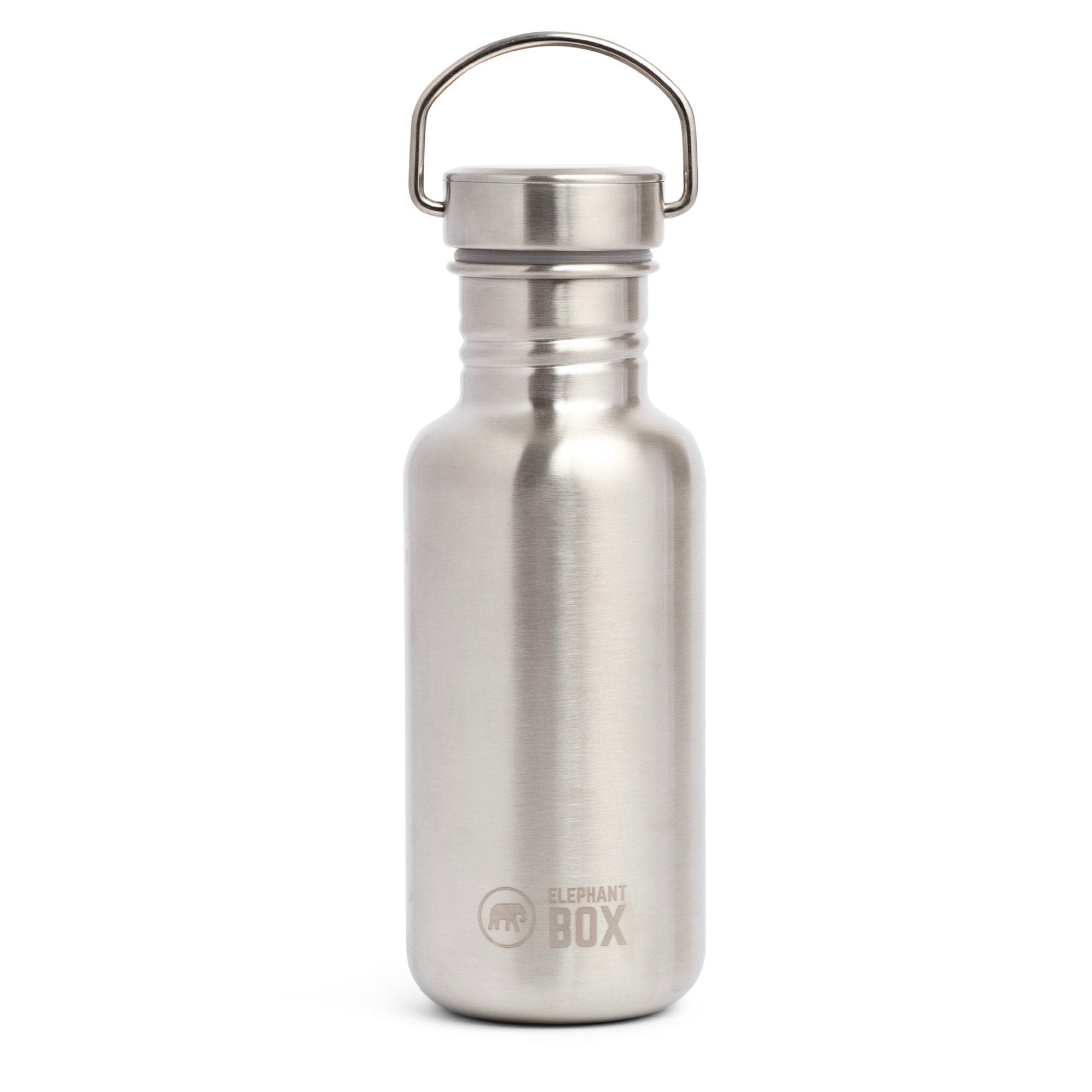OEKO-TEX Certified
Textiles that meet high safety standards, without skimping on comfort or quality. Every item in this collection is OEKO-TEX Standard 100 certified, which means it’s been tested for harmful substances and passed with room to spare. Better for your skin, better for peace of mind. From soft bedding to everyday clothing, these are dependable, non-toxic fabrics made to last – and made more responsibly too.
FAQs about OEKO-TEX Certified Textiles
Which bedding materials are truly buy-it-for-life?
The most buy-it-for-life bedding materials are OEKO-TEX certified cotton, linen or hemp - durable fibres made to high ethical standards. Linen softens beautifully over time, while top-notch organic cotton can last decades with proper care. Look for features like reinforced stitching or strong elastic to extend lifespan, and opt for lifetime guarantees where possible. A well-made set isn't just comfy, it's a long-term saving. Explore our durable bed linen collection for OEKO-TEX certified options built to go the distance.
How should I wash OEKO-TEX certified bedding to keep it in top condition?
To keep OEKO-TEX certified bedding in top condition, wash at 40°C on a gentle cycle with a mild detergent. Skip the fabric softeners, as they can wear down the fibres over time. Air-drying is ideal, but if you're using a tumble dryer, go for a low heat setting. These little choices help your long-lasting bedding stay strong, soft and safe enough for even the fussiest skin. For extra tips, visit our guide on Product Care and Repair.
What temperature should you wash bedding at to remove allergens?
To remove allergens from your bedding, a wash at 60°C usually does the trick. It’s hot enough to kill off pesky dust mites, bacteria and pollen, especially important for allergy and asthma sufferers. For weekly washes, 40°C is fine, but going hotter every now and then keeps things that bit fresher. OEKO-TEX certified cotton can withstand occasional higher temps without a hitch.
How often should you change and wash your bedding?
Change and wash your bedding weekly if you can, especially sheets and pillowcases - they soak up skin oils, sweat and allergens. Duvet covers can go a fortnight in cooler weather. Washing regularly at 40–60°C keeps things clean without overly stressing the fabric. Luckily, OEKO-TEX certified bedding is made to cope with the routine, so your bed stays fresh without the faff.
Can head lice or nits survive on bedding?
Head lice can survive on bedding for up to 48 hours, though they're much happier on a human scalp. Nits are less of a worry, as they need warmth to hatch. To be on the safe side, wash any exposed bedding at 60°C. OEKO-TEX certified textiles are tough enough to handle an occasional hot wash without compromising quality.
What size is a UK king size bedding set?
A UK king size bedding set fits a 150cm x 200cm mattress, with duvet covers typically measuring 225cm x 220cm. Fitted sheets often come with a generous 30–38cm depth to cover deeper mattresses. For long-lasting use, look for buy-it-for-life features like strong elastic and reinforced corners - small touches that help avoid sagging and sliding about.
Where can I donate or recycle old bedding responsibly?
You can donate clean, usable bedding to animal shelters, homeless charities or reuse schemes online. For threadbare bits, local council textile collections or recycling centres are best. Choosing OEKO-TEX certified bedding means replacing less in the long run, which helps keep fabric out of landfill. Some brands even offer take-back or recycling schemes.
How do we choose which bedding earns a place in our collection?
Each product goes through a thorough research process focused on quality, ethics and staying power. We dig into supply chains, test longevity claims, and scrutinise materials - only the truly durable make the cut. Find out more about how we find the most durable, buy-it-for-life products.


